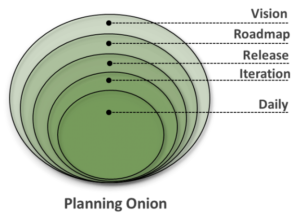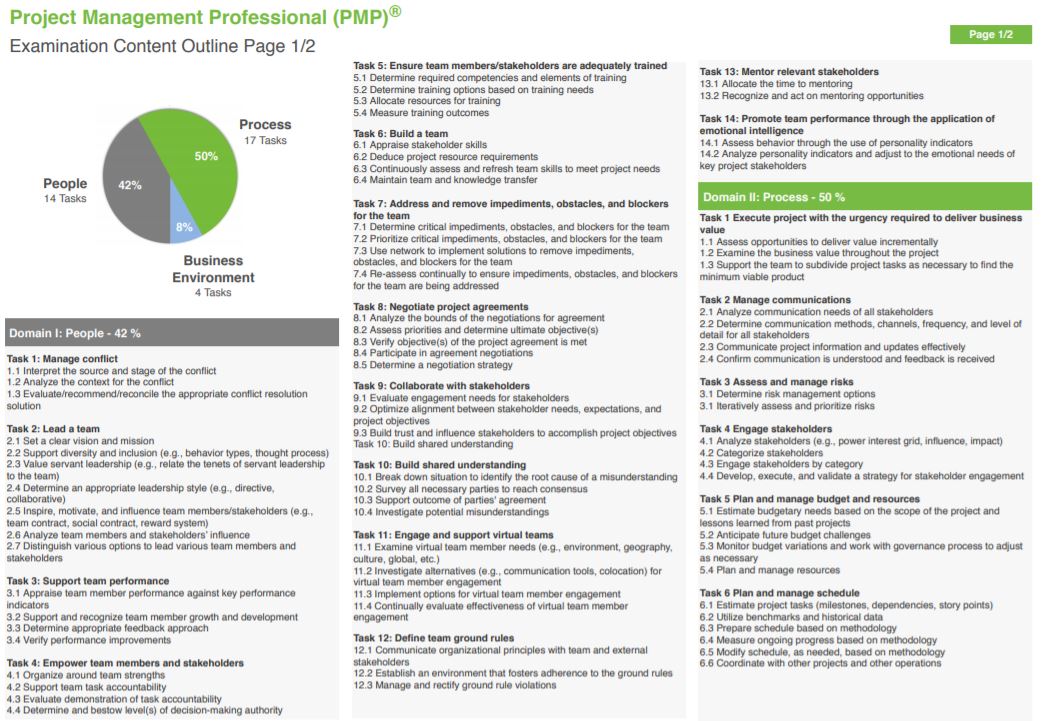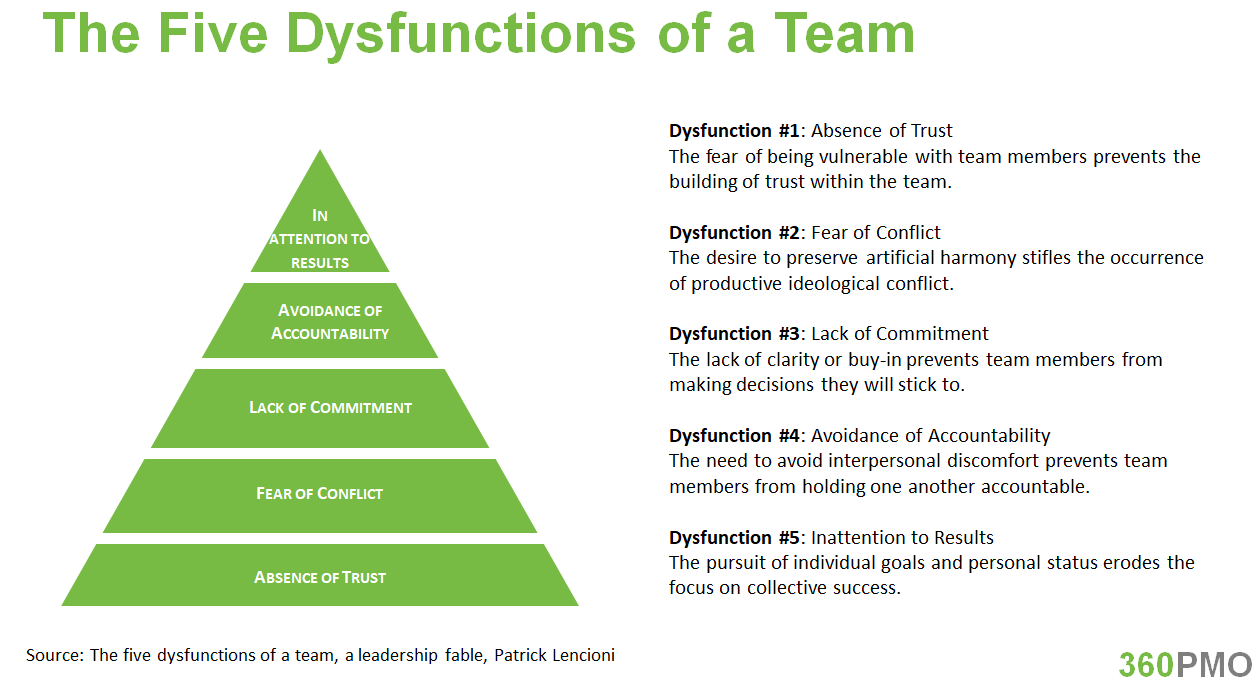Agile Approach to Planning
Agile’s main goal is to make the overall workflow processes in a company smoother, quicker and more productive while adapting them to the respective capabilities and character of each individual. In a business perspective, it could be described as the most cost efficient adjustment to changes.
The IT companies often face problems in terms of running over the predetermined budget or delivering a different product, then what their customer expected. Executing the tasks in he given deadlines is also one of the biggest issues. So what is so unique about the Agile approach to planning and how would you benefit out of an Agile training?
Five Levels of Planning in Agile
An onion has different layers. Using its form think of five different layers necessary to construct and organize a single project. To have a clear image of the onions from the outer layer to the inner they go as it follows:
• Vision
• Roadmap
• Release
• Iteration
• Daily
Vision
A vision statement is a concise wording of the project goals that help team members pass the elevator test – the ability to explain the project to someone within two minutes. It helps teams remain focused on the critical aspects of the product, even when details are changing rapidly.
The whole team is responsible for keeping the vision statement in mind during their work. Features and ideas that fall outside the goals of the vision statement are considered out of scope for the projec
Roadmap
A product roadmap is a high-level plan that describes how the product is likely to grow, e.g. a series of releases for achieving product vision incrementally (by incremental deployments).
It allows organizations to express where they want to take their product, and use it as a communication tool that provides stakeholders with a quick view of the primary release point and intended functionality. The creation of the roadmap is largely driven by the product owner
Release Planning
With that in mind, most of the Agile teams only care about the last three. Planning the release of an item is directly linked to the development which needs details in the sense of the scope of work, resources which need to be devoted to the project and the project’s schedule. Even though it concerns the end of the project, release planning is conducted at the very beginning; however, the work on it never stops. It should be constantly kept up to date with each of the new iteration in order to reflect the current state of work and the respective expectations of the customer.
Iteration Planning
Iteration planning is done at the very beginning of the each iteration, and highly dependable on the work which was done throughout the previous iteration period, which has just finished. The first thing that Agile planning teams do is get the information about the tasks with the highest priority from the customer in order to address them is as soon as possible. Keep in mind that iteration planning is on a much smaller scale compared to release planning; thus, you could keep the focus tighter. The tasks to be discussed should revolve around developing features which will lead to a working product.
Daily Planning
As the name suggests, it is conducted on a daily basis. Usually, the Agile team has a daily meeting in the morning to synchronize and coordinate their efforts regarding all of the tasks that need to be completed throughout the rest of the day. While it might look like an excessive measure, it creates an environment which enables each member of the team to share his concerns and enables the managers to assess and revises the situation. The focus is kept on the daily tasks, as there should be a meeting on the very next day.
Undergoing Agile training is essential, especially if you are aiming to take the PMI-ACP Exam. The benefits of PMI-ACP exam prep training are countless and would enable you to improve your workflow as you learn new things, even before getting the certificate.



